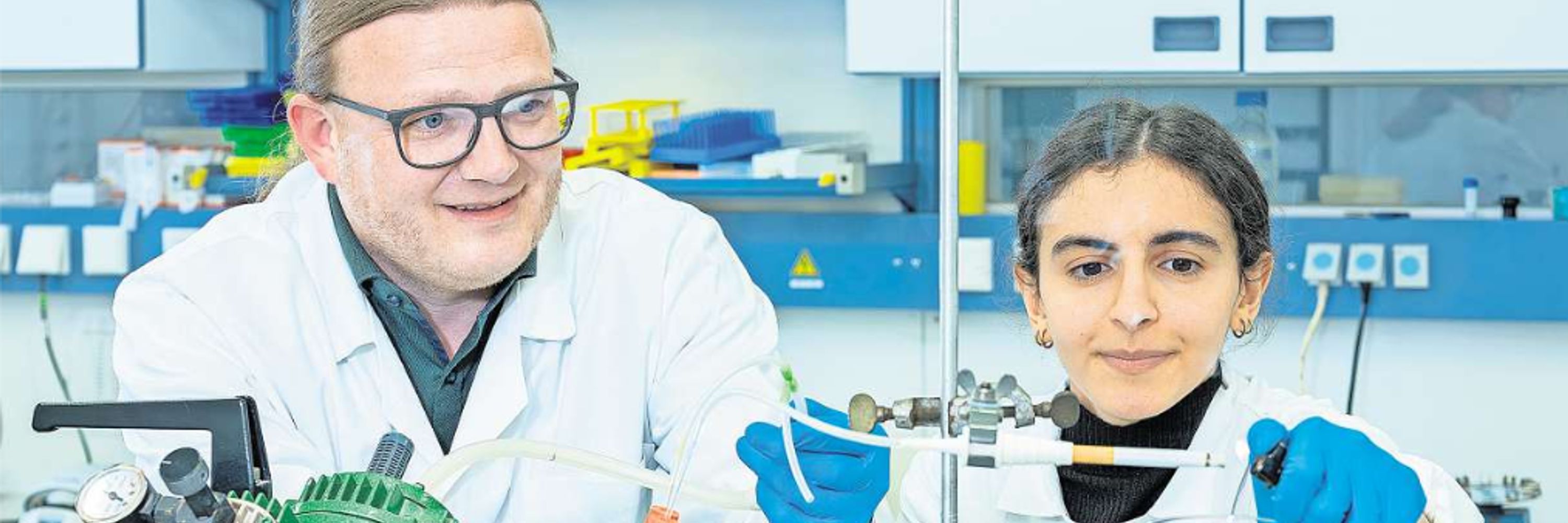Uli Klümper
@ulikluemper.bsky.social
870 followers
1.9K following
110 posts
Microbial Ecologist @ TU Dresden
Focusing on Evolution, Ecology and Environmental dimensions of AMR & plasmids
Formerly @ DTU & UoExeter
He/him
Posts
Media
Videos
Starter Packs
Reposted by Uli Klümper
Michael Baym
@baym.lol
· Sep 1

Genomic resistance in historical clinical isolates increased in frequency and mobility after the age of antibiotics
Antibiotic resistance is frequently observed shortly after the clinical introduction of an antibiotic. Whether and how frequently that resistance occurred before the introduction is harder to determin...
www.microbiologyresearch.org
Uli Klümper
@ulikluemper.bsky.social
· Aug 11
Uli Klümper
@ulikluemper.bsky.social
· Aug 11















